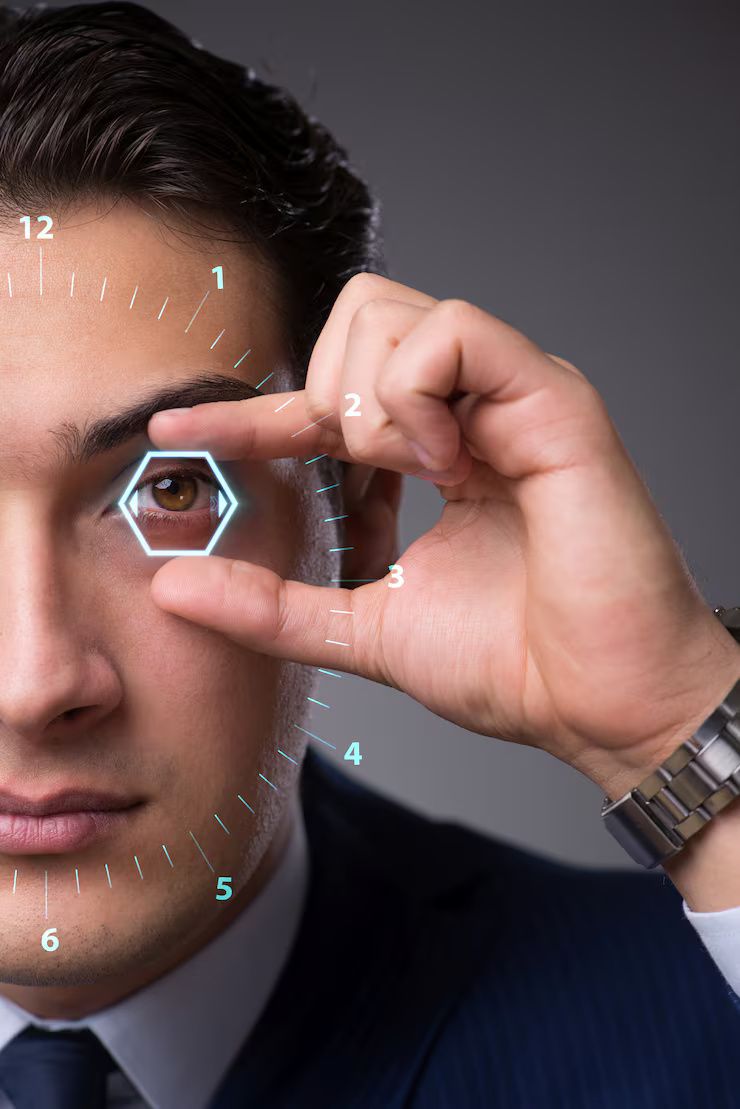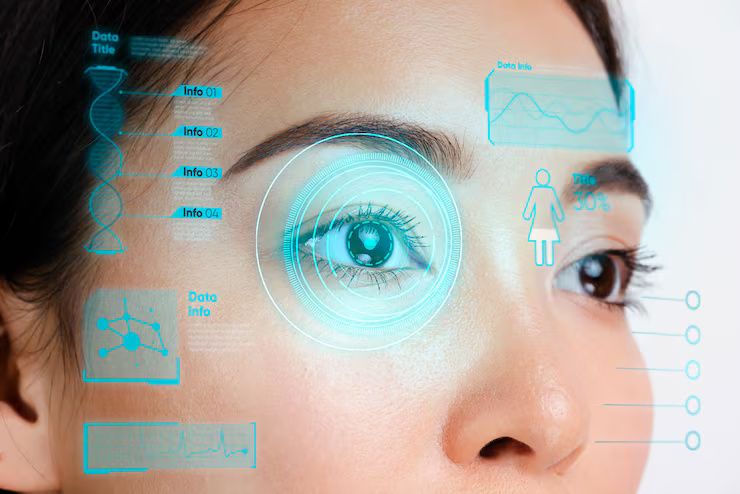In recent decades, technology has become an integral part of daily life. From smartphones and computers to televisions and tablets, screens are everywhere. While technology offers many benefits, it also raises concerns about its impact on eye health
The widespread use of digital devices has transformed work, education, and entertainment. Millions of people spend hours daily looking at screens, often without breaks. This increased exposure has made eye health a significant public concern.
Who is affected?
-
Office workers and students: Spend extended hours in front of computers.
-
Children and teenagers: Growing up with tablets and smartphones.
-
Remote workers: Increased screen time due to home offices.
-
Older adults: May have pre-existing eye conditions worsened by screen exposure.
Common issues linked to technology use:
-
Digital eye strain (also called computer vision syndrome)
-
Dry eyes
-
Blurred vision
-
Headaches and discomfort
-
Potential long-term effects on eyesight
Recognizing these problems helps individuals take preventive measures to protect their vision.
Recent Trends and Updates in Eye Health Related to Technology
In the last year, research and public health initiatives have focused more on the effects of digital screen use on eye health, especially with the rise in remote work and virtual learning during and after the COVID-19 pandemic.
Notable findings and developments (2024):
-
Increased screen time: Studies reported that average daily screen time increased by nearly 30% globally since 2020, with many people exceeding recommended limits.
-
Blue light exposure: Ongoing research examined the effects of blue light emitted from screens. While blue light can disrupt sleep patterns, conclusive evidence about its harm to eye health remains mixed.
-
Digital eye strain guidelines: Health organizations, including the American Optometric Association (AOA), updated recommendations on screen use to reduce discomfort and strain.
-
Children’s eye health: New studies emphasize the importance of limiting screen time in children to prevent early onset of myopia (nearsightedness).
These updates highlight the growing attention to balancing technology benefits with eye care.
Laws and Policies Affecting Eye Health and Technology Use
Different countries have implemented rules and programs aimed at protecting eye health, particularly in workplaces and schools.
Workplace regulations
-
Occupational Safety and Health Administration (OSHA) guidelines (USA): Employers are encouraged to provide ergonomic workstations and enforce regular breaks from screen time to reduce digital eye strain.
-
European Union (EU) directives: Include visual display unit regulations that require employers to conduct eye and vision tests for workers exposed to screens.
School policies
-
Many countries promote limits on daily screen time for children in educational settings.
-
Some governments offer awareness campaigns about healthy digital habits to parents and teachers.
Public health programs
-
National health bodies often provide resources about eye health, screen use, and preventive care.
-
Policies encouraging access to affordable eye exams and vision correction are also in place in various regions.
These laws and initiatives aim to minimize negative impacts while allowing safe technology use.
Helpful Tools and Resources for Managing Eye Health
Technology can also assist in protecting vision through various tools and services.
Screen management tools
-
Blue light filter apps: Examples include f.lux, Night Shift (iOS), and Twilight (Android). These reduce blue light exposure in the evenings.
-
Break reminder apps: Tools like Eyeleo and Stretchly remind users to take regular breaks following the 20-20-20 rule (look at something 20 feet away for 20 seconds every 20 minutes).
Eye health tracking
-
Vision test apps: Some apps offer basic vision screening to help monitor changes.
-
Dry eye symptom checkers: Websites and apps provide guidance on managing dry eyes.
Educational websites
-
American Optometric Association (AOA): Offers resources on digital eye strain and eye care tips.
-
World Health Organization (WHO): Provides global eye health information.
-
National Eye Institute (NEI): Shares research and advice for maintaining eye health.
Professional services
-
Regular eye exams with optometrists or ophthalmologists are crucial.
-
Telehealth eye consultations are increasingly available for quick assessments.
Frequently Asked Questions About Technology and Eye Health
Q1: What is digital eye strain, and how can I recognize it?
A1: Digital eye strain refers to discomfort caused by prolonged screen use. Symptoms include dry eyes, blurred vision, headaches, and neck or shoulder pain. Recognizing these early can help you take preventive steps.
Q2: Does blue light from screens cause permanent eye damage?
A2: Current evidence does not confirm permanent damage from blue light. However, blue light can disrupt sleep patterns and contribute to eye discomfort. Using blue light filters, especially in the evening, may help.
Q3: How often should I take breaks when using screens?
A3: Experts recommend the 20-20-20 rule: every 20 minutes, look at something 20 feet away for at least 20 seconds. This helps reduce eye fatigue.
Q4: Can screen time cause myopia in children?
A4: Excessive near work, including screen use, may contribute to myopia progression in children. Encouraging outdoor play and limiting screen time are advised to reduce risks.
Q5: What are simple ways to protect my eyes while using technology?
A5: Maintain proper lighting, adjust screen brightness, use ergonomic setups, take regular breaks, blink frequently to keep eyes moist, and get regular eye exams.
Final Thought
As technology continues to play a central role in our daily lives, understanding its impact on eye health becomes increasingly important. While screens are essential for work, learning, and communication, taking simple steps like following regular breaks, adjusting screen settings, and practicing good eye care habits can help reduce discomfort and protect vision in the long run.

